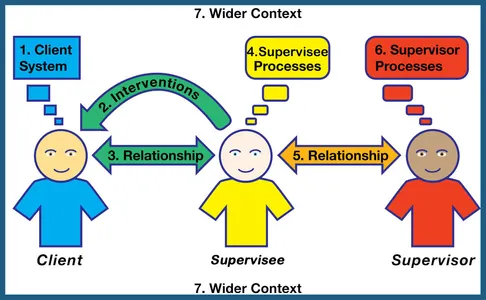Clinical supervision
What is clinical supervision?
Supervision is a joint endeavour in which a practitioner with the help of a supervisor, attends to their clients, themselves as part of their client practitioner relationships and the wider systemic context, and by doing so improves the quality of their work, transforms their client work, transforms their client relationships, continuously develops themselves, their practice and the wider profession. (Hawkins and Shohet)
What do I offer?
I am a certified supervisor and my training was with the Centre for Supervision and Team Development (CSTD London). The course comprised of the following:
- Core supervision
- Therapeutic supervision
- Group supervision
- Advanced supervision
I offer reflective and integrative supervision to both qualified and trainee therapists. Consultative supervision to clinical supervisors is also available. I am experienced in providing individual supervision and group supervision.
Additional services offered to therapists are:
- Support with the BACP Accreditation application process
- Review and feedback on academic assignments
My supervision practice is based in Central London (4 Manchester Square, London W1U 3PD).
Seven Eyed Model
The supervision model I use is Seven Eyed Model of Supervision which was
developed by Peter Hawkins and Robin Shohet
for working with individuals, groups and organisations to provide clinical
supervision.
The following modes are explored in working with the seven eyed model of clinical
supervision:
- Mode 1 – Focus on the client and what and how they present
- Mode 2 – Exploration of the strategies and interventions used by the supervisee
- Mode 3 – Focusing on the relationship between the client and the supervisee
- Mode 4 – Focusing on the supervisee
- Mode 5 – Focusing on the supervisory relationship
- Mode 6 – The supervisor focusing on their own process
- Mode 7 – Focusing on the wider contexts in which the work happens

Image source: Lucas, M (2010) as adapted from Hawkins, P and Smith, N (2006)